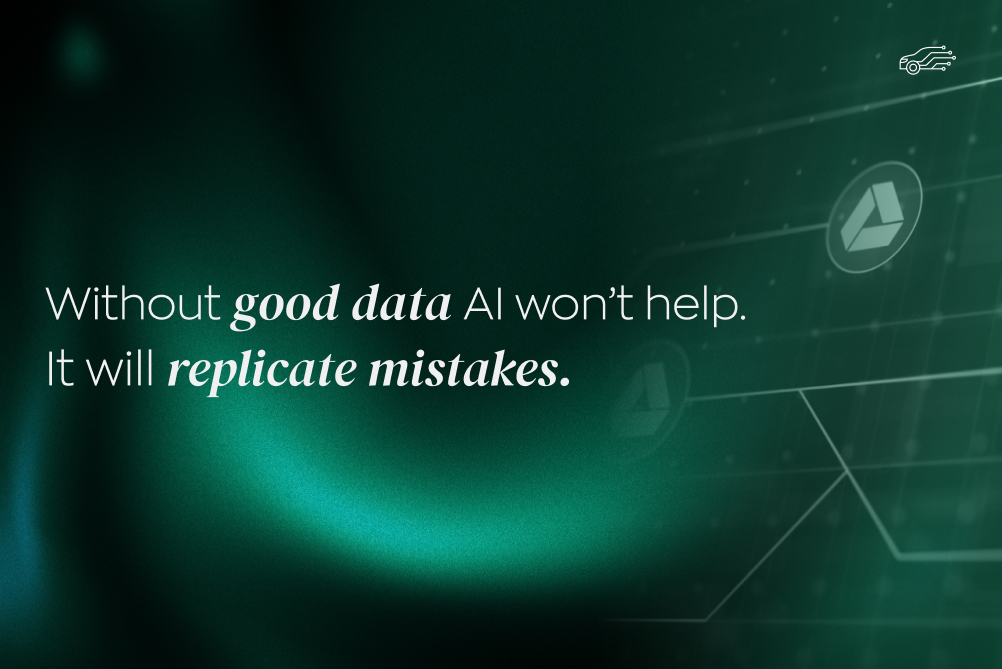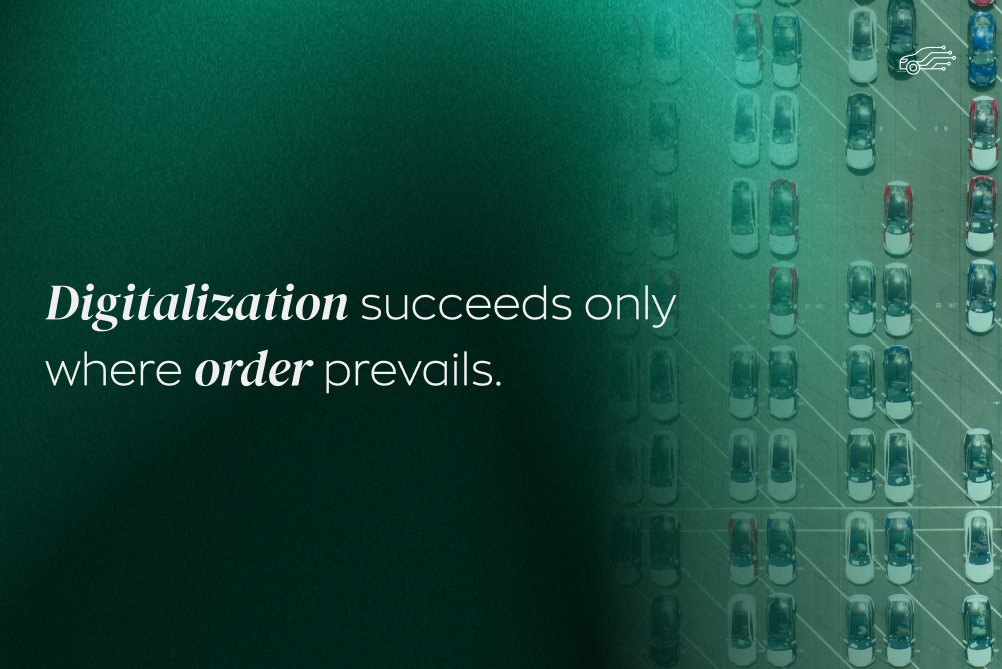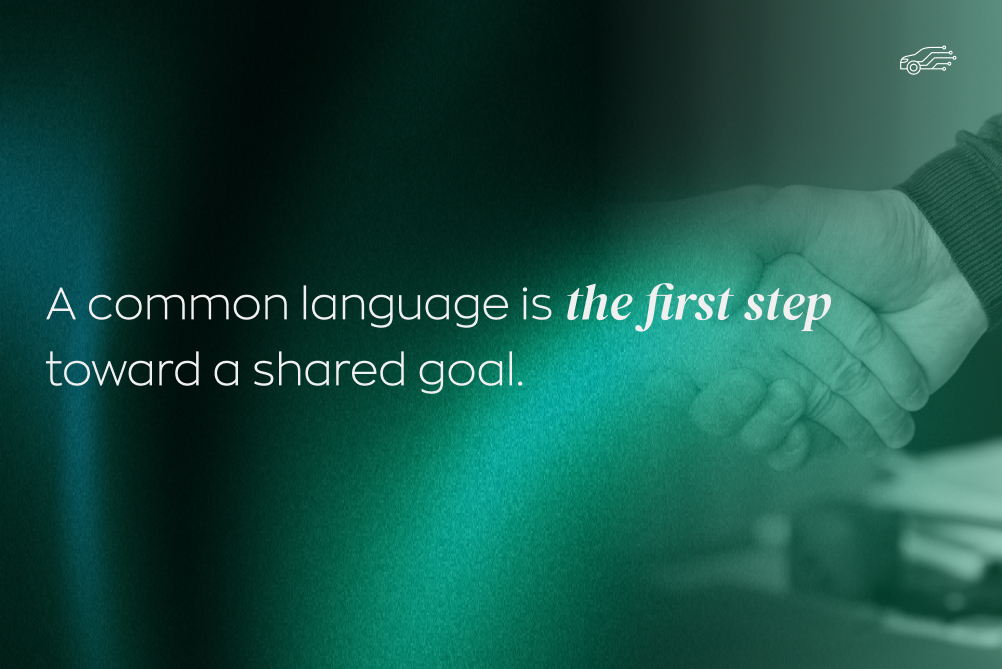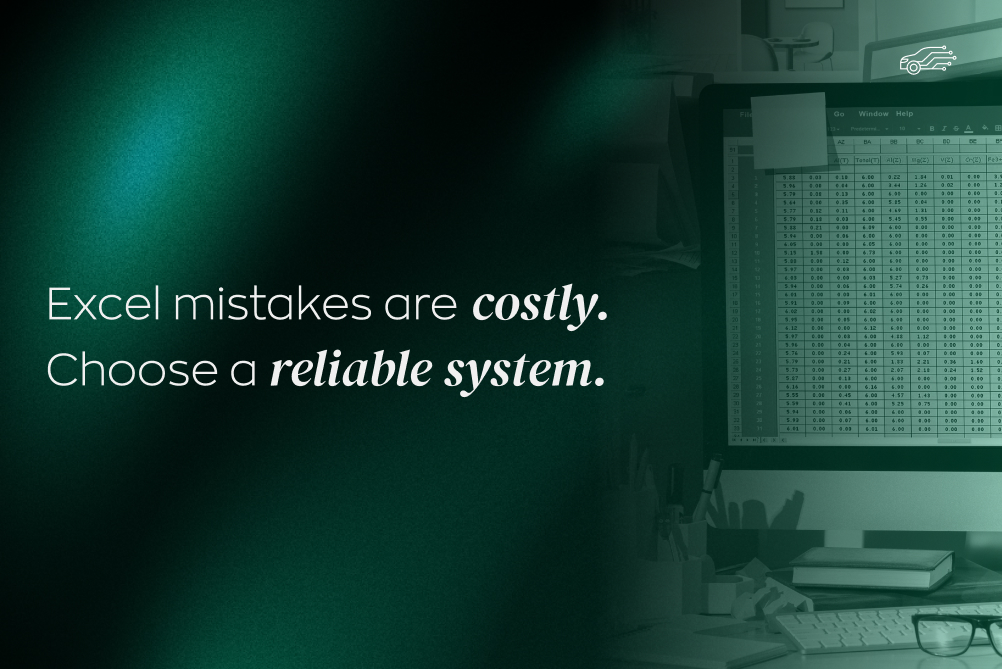Imagine playing a video game without being able to adapt to new challenges and levels. Trying to make your way through Super Mario or DoDA without any way to personalize your characters or journey. Boring, right?
The same applies to all aspects of customized software development. We become obsolete if we don’t evolve with the challenges and demands of an ever-changing, consumer-driven marketplace.
Here's where agile methodologies offer a much-needed alternative to the development world. Instead of strictly adhering to a specific roadmap, teams are given far more room to expand, adapt, and grow – treating each new project as a living, breathing entity.
What is Agile software development?
Traditionally, software development was linear. Think of it as a domino effect. Teams would start with one process and then wait for that to finish before moving on to a new development stage. The only problem is that a more dynamic approach became essential with the rapid changes in technology. Enter agile.
Agile software development is akin to the world of multiplayer online games. Multiple processes are ongoing, continuous feedback loops, quick adaptability, and collaboration are paramount. In simpler terms, agile is the modern, efficient, and collaborative approach to software development that contrasts with the conventional "waterfall" methods.
At least 71% of companies are now leaning on agile methodologies for process improvement because it has the flexibility to work with current market trends and technologies available for stack-based development.
How does it benefit your project?
With Agile methodologies, you open Pandora’s box of good benefits. This allows for efficient processes through every stage of development based on the unique needs of your business and clients. Here's what you're setting your project up for:
- On-Time delivery: Agile's time-bound sprints and iterative approach ensure that portions of your project are always held within the frame or periods needed to succeed. This adaptive rhythm creates more reliable outcomes with an acceptable timeline flexible to current needs.
- Transparent collaboration: Openness is the lifeblood of Agile. Everyone from developers to stakeholders stays informed through regular meetings and feedback sessions. This level of transparency helps with quick decision-making and ensures everyone’s on the same page, eliminating last-minute surprises.
- Reduces costs: Continuous feedback means massive error reduction. Catching problems early lowers operational costs and creates an environment where maximization of resources is optimal for adding new features to your project.
- Increases productivity: When teams are in sync and there's a clear vision, productivity naturally soars. Agile’s collaborative nature and precise task distributions mean that work flows smoothly, roadblocks are addressed swiftly, and momentum is maintained.
- High adaptability: The digital landscape is ever-evolving. With Agile, you’re not just following trends but staying ahead. Whether integrating a new tech feature or adapting to a market trend, agile projects are always primed for timely adaptability.
- Boosts customer & business satisfaction: With agile, the end user's needs are always in focus. By regularly delivering customers' desired features and ensuring that the final product aligns with market needs, customer, and business satisfaction scores skyrocket.
Incorporating Agile methodologies doesn’t just provide operational efficiency. It brings a transformation that aligns every stakeholder, ensuring the journey is as commendable as the destination. In fact, after adopting agile, companies have seen an average of 60% growth in revenue and profit. Impressive, isn’t it?
How do Agile Methodologies work in software development?
Agile isn't just a monolith. This revolutionary philosophy and systematic approach that can adapt to current needs branches into several methodologies. Let’s decode the most popular ones:
- Scrum: If Agile methodologies were music bands, Scrum would be The Beatles! Unsurprisingly, 61% of respondents from 76 countries reported using it. Scrum works with cycles called sprints, usually two to four weeks long.
- Kanban: Visualize a board with sticky notes. Each note is a task. As the job progresses, the note moves from one column to the next. That's Kanban – simple and visual!
- Lean: Borrowed from lean manufacturing concepts, it focuses on maximizing customer value while minimizing waste.
- Extreme Programming (XP): Ever thought coding could be "extreme"? XP emphasizes customer satisfaction and promotes frequent "releases" in short development cycles.
- Adaptive Project Framework (APF): As the name suggests, this method adapts as the project’s scope evolves.

Boost development with Agile Roadmaps
If Agile methodologies were a journey, the Agile Roadmap would be the treasure map guiding you. Finding the right pathway for your unique project depends highly on the resources you have at hand as well as the various parameters (stakeholders, time to market, MVP modeling, customer needs, etc.) you have lined up for our project.
There is no 100% surefire way to get the project done. However, there are fundamental “touchpoints” or “benchmarks” along your development lifecycle that should be included. Here's how it rolls:
Step #1 - Concept/Ideation:
This phase is all about brainstorming and envisioning. Teams come together to define the core objectives, understanding both business and project KPIs. It's the foundation where dreams start taking a tangible shape and initial strategies are formed. Need ideas? Look at our portfolio of projects.
Step #2 - Inception/Planning:
Having dreams is one thing, but charting a path to realize them is another. In this phase, teams define a product vision, ensuring it perfectly resonates with both business goals and customer aspirations. It’s where broad strokes become detailed plans.
Step #3 - Iteration/Modeling:
Like a sculptor repeatedly refining the David or a painter working on the Mona Lisa, this development stage sees your product evolve through continuous cycles - including testing, feedback, and improvement. Each iteration is a step towards perfection, ensuring the software meets the highest standards.
Step #4 - Release/Testing:
Think of this as the soft opening of a new Las Vegas Casino. Your product, having been nurtured and refined, is now ready for a larger audience and their unique feedback. Before the big reveal, rigorous testing is completed to sure up any missed glitches, promising a smooth user experience.
Step #5 – Maintenance:
No masterpiece is ever truly complete. We live in a time when tech stacks routinely change, update, or shift. As this occurs, new maintenance issues are bound to crop up and that is where having a reliable team involved in agile philosophies improves the longevity of your project in the marketplace.
Step #6 – Retirement:
Every product, no matter how iconic, has a life cycle. Once the software has fulfilled its purpose and newer systems or technologies take precedence, it's retired gracefully. But, as one chapter ends, another begins, setting the stage for new innovations.
An Agile Roadmap is a strategic blueprint, ensuring clarity at every juncture and laying the foundation for excellence. By meticulously following each stage, businesses set themselves up for not just success but sustainable growth and innovation. Again, you adapt to the project’s needs, but this should give you a solid idea of what to expect.
FAQ on Agile Methodologies
What’s the primary difference between Scrum and Kanban?
While Scrum works in time-boxed sprints, Kanban is continuous and works on improving the flow of tasks.
Why are Agile projects more successful than traditional waterfall projects?
Agile projects are more adaptive, collaborative, and have frequent feedback loops. In fact, Agile projects are nearly 1.5X more successful than waterfall projects.
Is Agile only suitable for software development?
Primarily, yes. But the principles of collaboration, adaptability, and feedback can be applied to other domains as well!
Conclusion
With the software development industry clocking a whopping value of 429.59 billion USD in 2021 and expected to expand exponentially, being Agile isn't just a methodology; it's a necessity.
.jpg)









.jpg)
.jpg)


.jpg)
.jpg)



.jpg)
.jpg)
.jpg)
.jpg)
.jpg)
.jpg)

.jpg)
.jpg)
.jpg)
.jpg)
.jpg)
.jpg)
.jpg)
.jpg)
.jpg)
.jpg)






.jpg)
.jpg)
.jpg)

.jpg)

.jpg)


.jpg)
.jpg)

.jpg)
.jpg)

.jpg)

.jpg)
.jpg)
.jpg)

.jpg)
.webp)

.webp)


.jpg)









.webp)


.webp)
























